Engineering in Summer: Wi-Fi for LoRa, a DIY Pulsimeter, and More
June 27, 2022
on
on

Planning your holiday schedule? Make sure some engineering is on your agenda. Let’s take a look at some great articles and projects from past editions of Elektor. These projects will likely inspire you to start some new designs this summer!
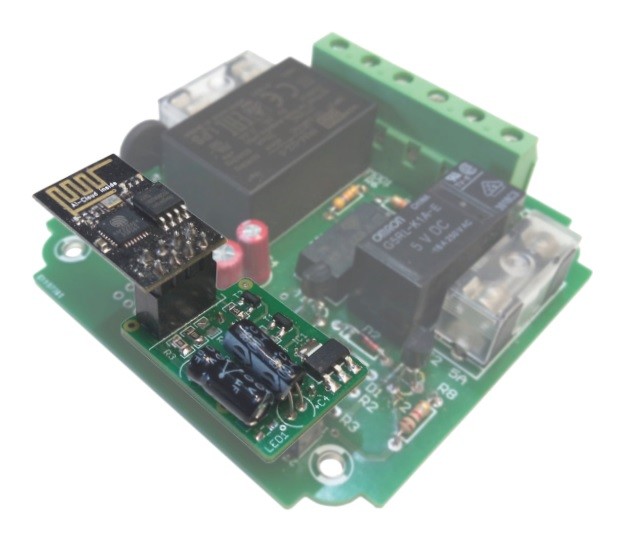
"This system is based on Home Assistant and Wi-Fi, but not LoRa," he explained in his introduction to the article. "I am sure it is possible to add LoRa to it, but I didn’t want to dive into that. Instead, I thought that by simply replacing the LoRa module with a Wi-Fi module, I could make it run ESPHome, which works great with Home Assistant."
The interface between the EPS-01 Wi-Fi module and the switch board is mounted on a small PCB.
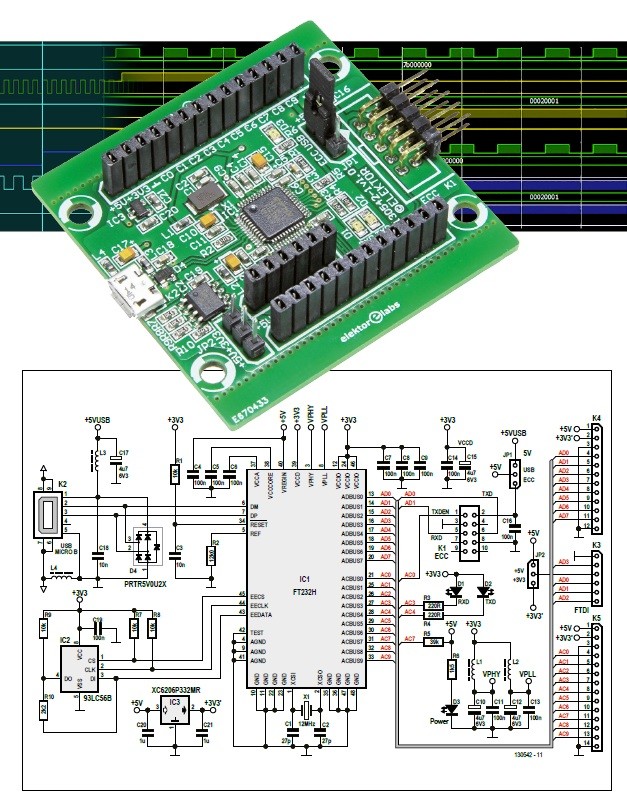
"We decided to design a multi-purpose board for the FT232H because it offers the most options compared to its family members, the engineers explained. The resulting schematic is shown below. "It appears cluttered due to all the filtering and decoupling capacitors and ferrites. Because it is also a kind of break-out board (BoB), all pins potentially of interest to you are brought out to connectors K4 and K5. Besides these connectors we put two other connectors on the board: K1 and K3."
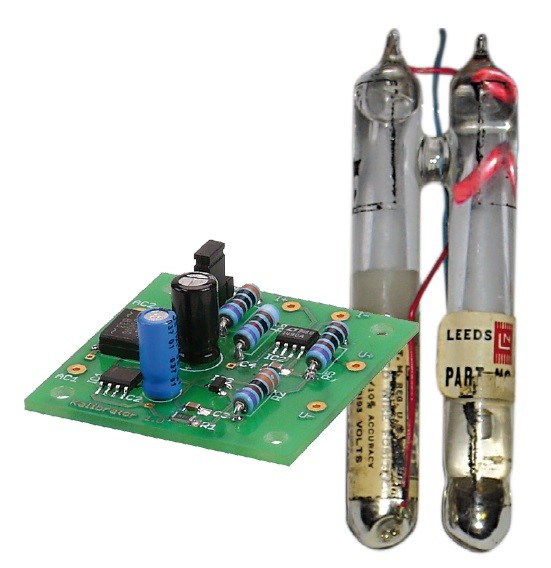
"You can of course blindly trust the display readings but as they say ‘confidence comes with calibration’," Scherer explained. "This calibration circuit is small enough to find a space on any workbench and will facilitate speedy and precise multimeter (re)calibration."
With this design, you can have some faith in your measurements.

"All audio-frequency signals are produced using binary counters and combinatorial logic from a crystal reference of 9.728 MHz," Jo Becker explained. "The audio output can be switched between the tone and the baseband signal. It can deliver a maximum of 2 Vpp from its relatively low impedance shortcircuit proof output. The FM oscillator is free-running, but is very stable in frequency at around 100 MHz in the VHF FM broadcast band. The frequency can be adjusted over the FM band by changing a capacitor value, and a trimmer offers fine adjustment over a range of ±300 kHz. The RF output level, at 12 mVeff into 50 Ω, is more than adequate to drive a connected receiver and obtain its maximum signal-to-noise ratio."
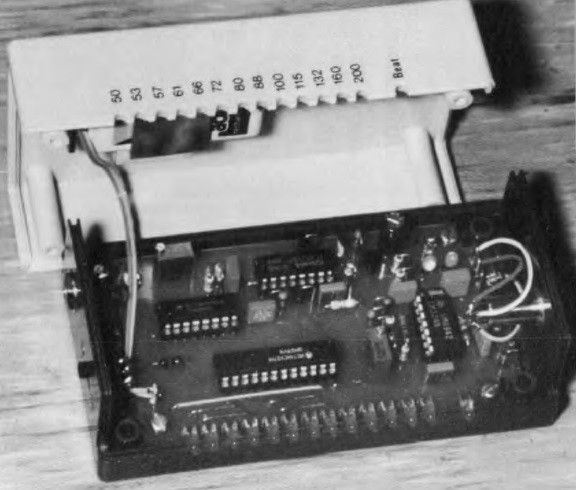
"The circuit of the pulsimeter is fairly straightforward," the designer explained. It consists of an analogue section, in which an LM324 amplifies and processes he signal from the sensor, and a digital section, which deals with the counting and the display."
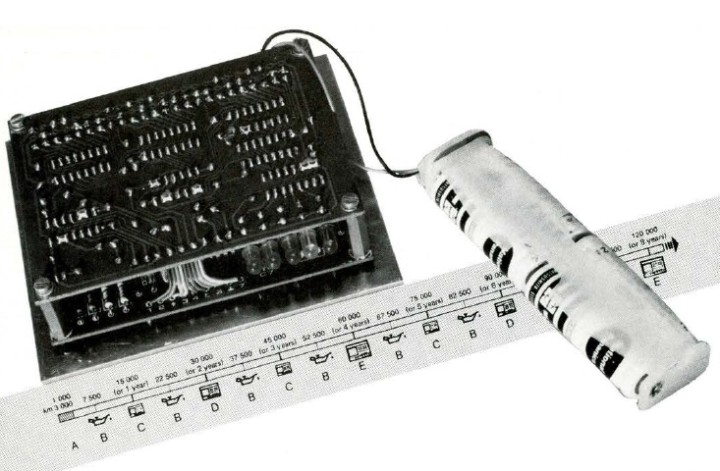
“This circuit contains three sensors: number of wheel revolutions = distance; temperature above or below 50°C; and engine speed above or below 4500 rev/min. It also has a section that makes a correction for the size of the wheels and this is connected to a divider and a display.”
After taking a look, please share your thoughts in the Comments section below.
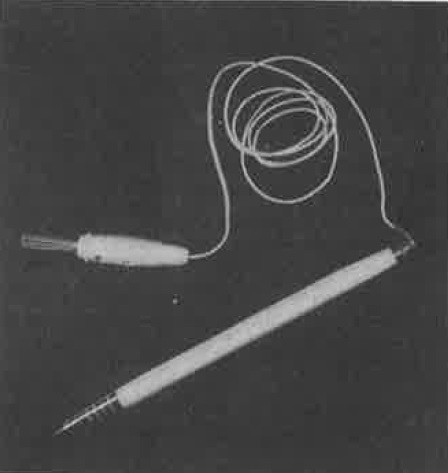
"The measuring pencil consists of a propelling pencil made of a synthetic resin," the author explained. "A flex is soldered to the pushbutton such that the propelling mechanism is unimpaired, and the other end of the flex is provided with a plug to fit the measuring instrument (e.g. a voltmeter). To use the pencil, connect the circuit to be tested to the earth terminal of the meter, and the pencil to the input socket. Using the pencil as a probe, the circuit voltages may now be measured at various points and the results written down with the same instrument."
Wi-Fi for LoRa Switch: Integrated in Home Assistant with ESPHome (June 2021)
In the spring of 2021, Elektor engineer Clemens Valens was looking for an outdoor switch that could be integrated easily into my home automation system. He soon realized that he could take the existing Elektor LoRa Switch and swap in Wi-Fi.
"This system is based on Home Assistant and Wi-Fi, but not LoRa," he explained in his introduction to the article. "I am sure it is possible to add LoRa to it, but I didn’t want to dive into that. Instead, I thought that by simply replacing the LoRa module with a Wi-Fi module, I could make it run ESPHome, which works great with Home Assistant."
The interface between the EPS-01 Wi-Fi module and the switch board is mounted on a small PCB.
USB-to-Multi-Protocol Serial Converter (June 2015)
There are times when a computer must communicate with a device featuring a serial port, such as RS-232, RS-485, I²C, SPI, or a microcontroller serial port. How do you manage when you just have a bunch of USB connectors? Ton Giesberts and Clemens Valens answered this question with a project in 2015.
"We decided to design a multi-purpose board for the FT232H because it offers the most options compared to its family members, the engineers explained. The resulting schematic is shown below. "It appears cluttered due to all the filtering and decoupling capacitors and ferrites. Because it is also a kind of break-out board (BoB), all pins potentially of interest to you are brought out to connectors K4 and K5. Besides these connectors we put two other connectors on the board: K1 and K3."
V & I Calibrator (June 2009)
It can be challenging to determine if your digital multimeter (DMM) is taking accurate measurements, especially if it isn't brand new. Thus, in 2009, Thomas Scherer presented a calibrator that gives full scale reference levels of both voltage and current, designed specifically for the scale ranges used by DMMs.
"You can of course blindly trust the display readings but as they say ‘confidence comes with calibration’," Scherer explained. "This calibration circuit is small enough to find a space on any workbench and will facilitate speedy and precise multimeter (re)calibration."
With this design, you can have some faith in your measurements.
FM Stereo Test Transmitter (June 2006)
In 2006, Elektor presented engineering enthusiasts with a small signal generator that used an original technique to generate a sine wave with very low distortion, a mono (L+R) baseband signal and an FM stereo signal. Rather than implement special-purpose ICs, the designer just used ordinary HCMOS logic.
"All audio-frequency signals are produced using binary counters and combinatorial logic from a crystal reference of 9.728 MHz," Jo Becker explained. "The audio output can be switched between the tone and the baseband signal. It can deliver a maximum of 2 Vpp from its relatively low impedance shortcircuit proof output. The FM oscillator is free-running, but is very stable in frequency at around 100 MHz in the VHF FM broadcast band. The frequency can be adjusted over the FM band by changing a capacitor value, and a trimmer offers fine adjustment over a range of ±300 kHz. The RF output level, at 12 mVeff into 50 Ω, is more than adequate to drive a connected receiver and obtain its maximum signal-to-noise ratio."
Pulsimeter (June 1996)
In 2022, we have access to countless wearables and inexpensive tools for monitoring our health. Your current wristwatch can likely measure your heartrate. Such solutions were not common back in the 1990s. But Elektor was ahead of the engineering curve. In June 1996, we published an interesting project that enabled users to measure their pulse rates.
"The circuit of the pulsimeter is fairly straightforward," the designer explained. It consists of an analogue section, in which an LM324 amplifies and processes he signal from the sensor, and a digital section, which deals with the counting and the display."
Service Interval Time (June 1985)
Back in 1985, way before cars had Bluetooth, touchscreen displays, and in-dash rear-view cameras, Elektor presented fun and quite handy project — a vehicle service interval timer. The creative design could tell a driver when his or her vehicle needed service.
“This circuit contains three sensors: number of wheel revolutions = distance; temperature above or below 50°C; and engine speed above or below 4500 rev/min. It also has a section that makes a correction for the size of the wheels and this is connected to a divider and a display.”
After taking a look, please share your thoughts in the Comments section below.
Measuring Pencil (June 1976)
Innovative for its time, the Measuring Pencil could be used as both a writing utensil and a probe for inspecting voltages. The pencil worked well for circuits with low voltages (i.e., < 42 V AC or < 60 V DC).
"The measuring pencil consists of a propelling pencil made of a synthetic resin," the author explained. "A flex is soldered to the pushbutton such that the propelling mechanism is unimpaired, and the other end of the flex is provided with a plug to fit the measuring instrument (e.g. a voltmeter). To use the pencil, connect the circuit to be tested to the earth terminal of the meter, and the pencil to the input socket. Using the pencil as a probe, the circuit voltages may now be measured at various points and the results written down with the same instrument."
More Engineering Headed Your Way
Join us next month when we highlight more classic Elektor articles, projects, and tutorials. And don’t forget to share your thoughts in the comments section below. The engineering continues!Read full article
Hide full article


Discussion (0 comments)